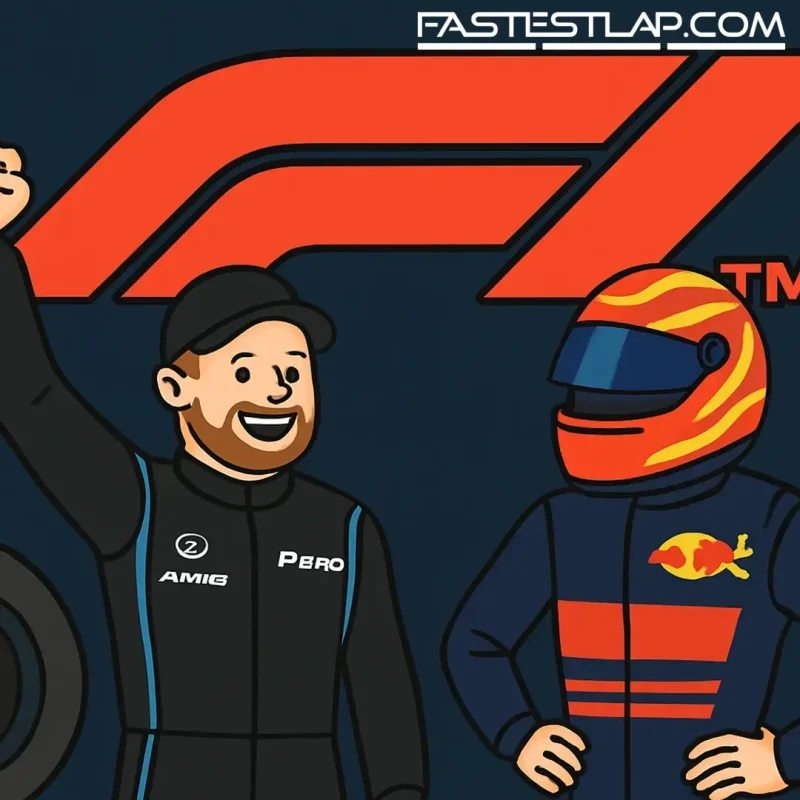Monaco signs on with Formula 1 through 2035 — the crown jewel isn’t budging
Monaco has secured its future on the Formula 1 calendar, signing a new deal that keeps the sport’s most famous street race on the schedule until 2035. So, for anyone still asking whether the Monte Carlo classic might be dropped: no. Not now. Not for a long while.
The Principality hosted its first World Championship race in 1950 and, aside from the Covid-hit 2020 season, has been a permanent fixture since 1955. It’s the race that turns routine into ritual: the grandstands wedged between harbor and hillside, yachts packed bow-to-bow, and drivers threading a car between Armco and opulence at 280 km/h.
It’s also the circuit that draws the loudest split verdict. The purists defend it; the skeptics mutter “procession” before lights out. Both can be true. Monaco won’t always deliver a thriller on Sunday — but it serves up the most intoxicating laps of the year on Saturday. The razor-edge commitment required for a qualifying flyer around the Swimming Pool is something television still struggles to capture.
F1 CEO Stefano Domenicali hailed the long-term deal, calling Monaco “an iconic race, loved by drivers and fans,” and tipping his hat to the Principality for helping preserve a partnership that goes back to the sport’s earliest days. He also thanked His Serene Highness Prince Albert II and the Automobile Club de Monaco president Michel Boeri for getting it over the line.
Prince Albert framed it as both heritage and strategy — a renewal that underlines Monaco’s attachment to top-tier motorsport and the “excellence” of its collaboration with F1. It’s notable, too, that this extension arrives only a couple of years after the previous renewal. In a calendar that’s ballooned and rotated aggressively, the series and the ACM clearly decided long-term clarity was better than annual brinkmanship.
The political subtext isn’t hard to decode. For years Monaco has been the exception: unique TV arrangements, unique sponsor presence, unique everything. As F1’s commercial machine has tightened its grip elsewhere, the ACM’s leverage has narrowed — but the event’s global weight hasn’t. The result? A pragmatic peace. Monaco keeps its place; F1 keeps its showpiece.
A few evergreen markers as the next decade rolls in:
– Ayrton Senna still owns the benchmark with six Monaco victories, one clear of Michael Schumacher and Graham Hill.
– The most recent winner was McLaren’s Lando Norris, who headed home local hero Charles Leclerc and Oscar Piastri. It was a reminder that, with the right weekend, Monaco can still swing on strategy and precision rather than horsepower alone.
From the teams’ side, this extension is more than sentiment. Monaco remains a magnet for sponsors and CEOs who’d rather do their paddock walk along a quay. Hospitality here isn’t an add-on; it’s the business model with a chequered flag. For F1, ring-fencing that annual shot of glamour — and the worldwide attention that comes with it — is just good sense.
Could the race evolve by 2035? Possibly. The event has nipped and tucked over the years, even if the geography keeps the layout largely frozen in time. But that’s part of the point. Amid new venues and ever-larger calendars, the sport’s most famous postcard keeps its stamp.
Call the Monaco Grand Prix what you like — museum piece, masterpiece, or both — it’s staying. And whether you show up for the overtakes or the audacity of qualifying, you’ll get the same through-line: drivers pushing closer to the limit than anywhere else all year, with concrete as the judge and the harbor as witness.




